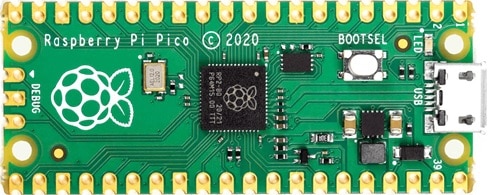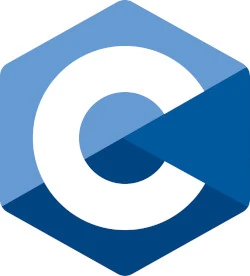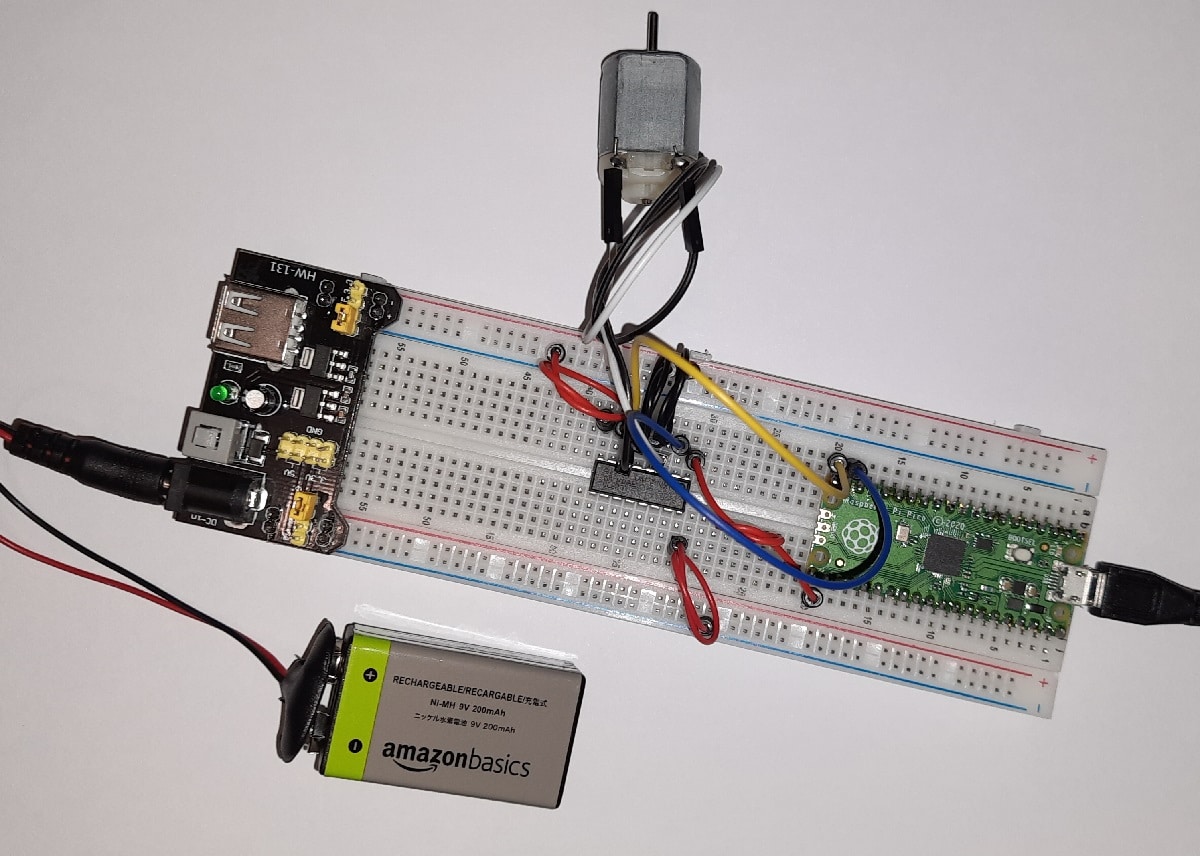Last Updated on 7th February 2023 by peppe8o
Microcontrollers are small electronic systems that are designed to control electronic devices and machines. These tiny devices have the ability to interact with the environment through sensors and actuators, making them ideal for use in various applications such as home automation, robotics, and the Internet of Things (IoT).
The Most Famous Microcontrollers
There are several popular microcontrollers used in a variety of applications, some of the most famous microcontrollers include:
- Arduino: Arduino is an open-source electronics platform that is widely used for hobby projects, prototypes, and DIY projects. Its popularity stems from its simplicity and versatility, making it a great choice for beginners.
- Raspberry Pi Pico: Please note that the Raspberry Pi products can be divided into Raspberry PI computer boards and Raspberry PI Pico. The second is a microcontroller from the Raspberry PI Foundation that has become incredibly popular for its versatility and affordability. It can be used for a variety of projects and supports both C and MicroPython programming languages
- ESP32/ESP8266: These microcontrollers are developed by Espressif Systems and are widely used for Internet of Things (IoT) projects. They are known for their low power consumption, built-in Wi-Fi, and versatile connectivity options.
- PIC Microcontroller: PIC microcontrollers are widely used in industrial applications, consumer electronics, and automotive systems. They are known for their low cost, ease of use, and high performance.
- ATmega Microcontroller: The ATmega microcontroller is a widely used microcontroller developed by Atmel. It is known for its versatility and compatibility with the Arduino platform, making it a popular choice for hobby projects and prototypes.

Programming languages
C and MicroPython are the most popular programming languages used for microcontrollers. Although both are used for microcontroller programming, they have different characteristics and are suited for different use cases.

C is a low-level, imperative programming language that provides a high level of control over the microcontroller’s hardware. It is commonly used for microcontroller programming due to its efficiency, speed, and ability to access low-level hardware resources. However, C can be difficult to learn and requires a good understanding of computer architecture and memory management. Moreover, C requires a compiler that can convert your code to machine language, even if this is usually integrated in the programming IDE (like Arduino IDE).
Assembly is a low-level programming language that is used to program microcontrollers at the machine level. It is the most direct way of programming a microcontroller, but it can be difficult to learn and program.

MicroPython, on the other hand, is a high-level, interpreted programming language that is designed to be easy to use and understand. It was specifically created for microcontrollers and provides a simplified syntax for programming microcontrollers. MicroPython also supports libraries and modules, making it easier to add functionality to your projects. MicroPython doesn’t need to compile your code, so making it yet simpler for beginners
In summary, C is well-suited for performance-critical applications that require low-level control over the microcontroller, while MicroPython is ideal for beginners and projects that require a more accessible and user-friendly programming environment.
The choice between C and MicroPython will depend on your specific needs and the requirements of your project, as well as the supported languages for your microcontroller.
What you need for programming microcontrollers
To program microcontrollers, you will need both hardware and software. In this article, we will go through the necessary hardware and software components and discuss the most popular programming languages for microcontrollers and common errors to avoid.
Hardware Components
The common hardware components that you will need for programming microcontrollers are:
- a Microcontroller Development Board: A development board is a board that houses the microcontroller and provides access to the microcontroller’s pins for connecting to sensors, actuators, and other devices. Some popular development boards for microcontrollers include the Arduino, Raspberry Pi Pico, and ESP32.
- USB to Serial Converter: This component is used to connect the development board to a computer. It converts the USB signals from the computer to serial signals that can be understood by the microcontroller.
- Power Supply: To power the microcontroller and other components, you will need a power supply unit. This can be either a battery or an AC-to-DC converter.
Software Components
From the software side, we usually need:
- Integrated Development Environment (IDE): An IDE is a software application that provides a platform for writing, testing, and debugging code for microcontrollers. Some popular IDEs for microcontrollers include the Arduino IDE, Thonny, Visual Studio Code, and Keil.
- Compiler: A compiler is a software tool that converts the code written in a high-level programming language into machine code that can be executed by the microcontroller. This is not required for MicroPython
Errors to Avoid when Programming Microcontrollers
- Overflowing the Microcontroller’s Memory: Microcontrollers have limited memory, so it’s essential to be mindful of how much memory your code is using. Overflowing the memory can cause the microcontroller to crash or produce incorrect results.
- Incorrect Pin Configuration: Incorrectly configuring the microcontroller’s pins can result in incorrect readings from sensors or incorrect output to actuators. It’s important to double-check the pin configuration in your code before uploading it to the microcontroller.
- Improper Power Management: Improper power management can cause the microcontroller to reset or produce incorrect results. It’s important to use a regulated power supply and to properly connect the power supply to the microcontroller’s power pins.
Final conclusions
In conclusion, programming microcontrollers requires a combination of hardware and software components, including a development board, USB to serial converter, power supply, IDE, and compiler. The most popular programming languages for microcontrollers are C, Assembly, and MicroPython. To avoid common errors, be mindful of memory usage, check the pin configuration, and properly manage the power supply. With the right tools and knowledge, anyone can get started programming microcontrollers and creating their own projects and applications. Whether you are interested in home automation, robotics, or IoT, microcontrollers offer a powerful and versatile platform for developing innovative solutions.
So, if you’re ready to get started with programming microcontrollers, consider investing in a development board and an IDE, and start practising with one of the popular programming languages such as C or MicroPython. With time, patience, and dedication, you’ll soon be on your way to becoming a skilled microcontroller programmer.
Many projects with MicroPython and Raspberry PI Pico for beginners are available in peppe8o.com Raspberry PI Pico archives.
Enjoy!
